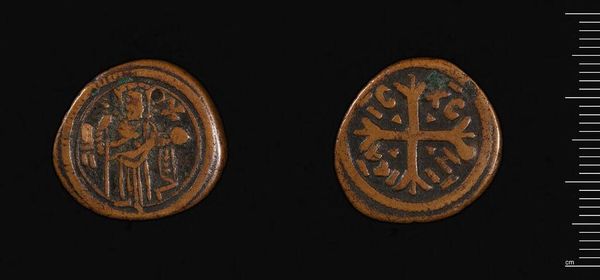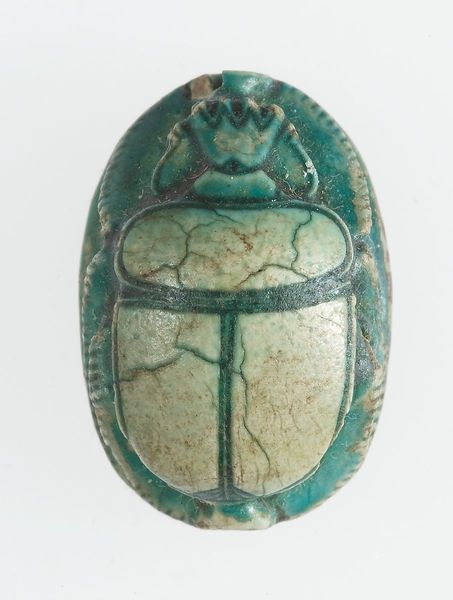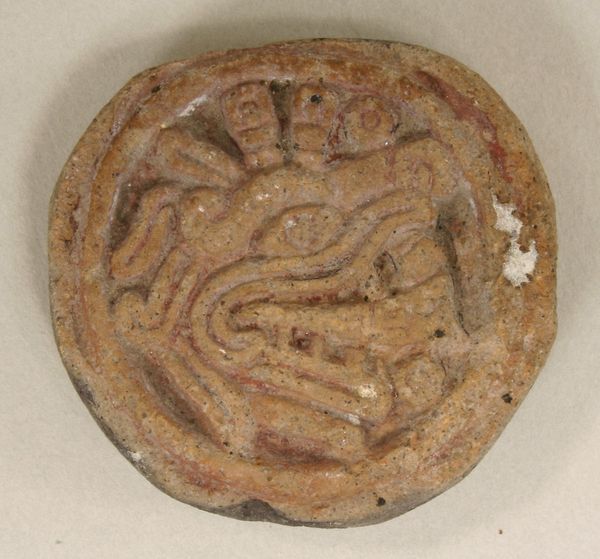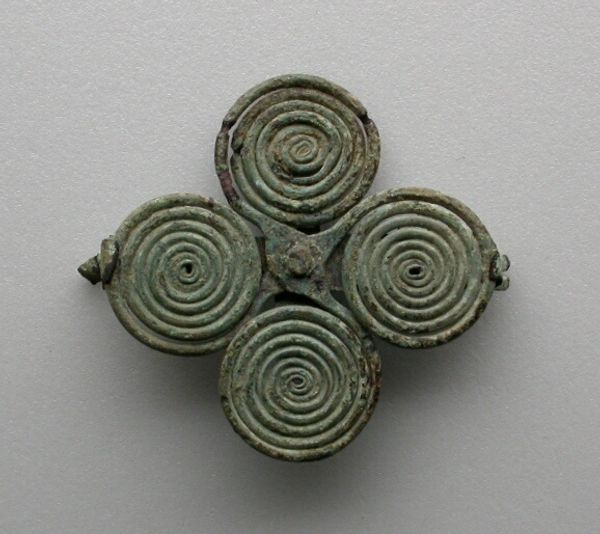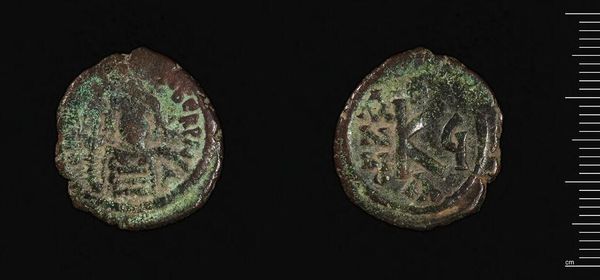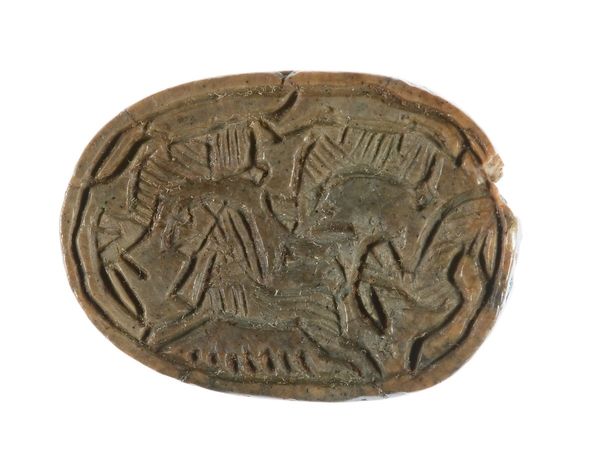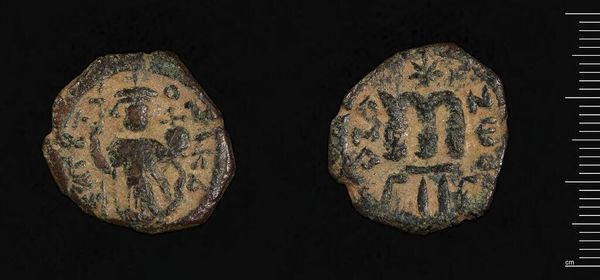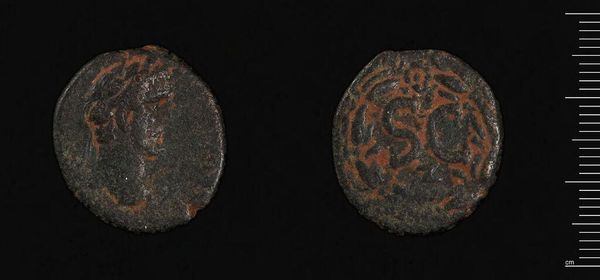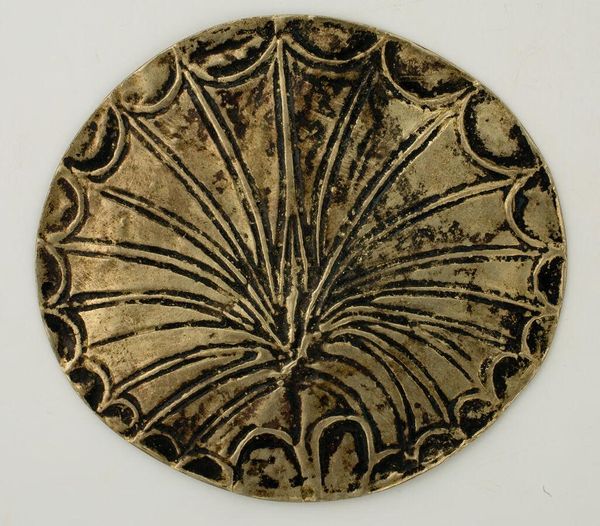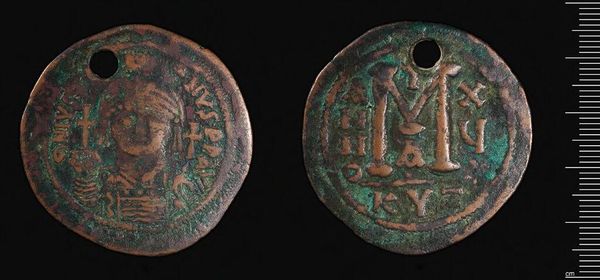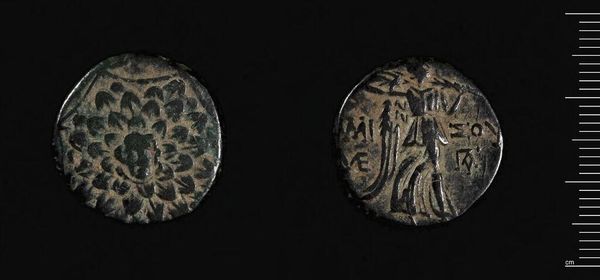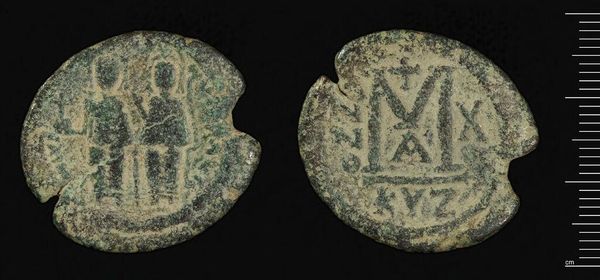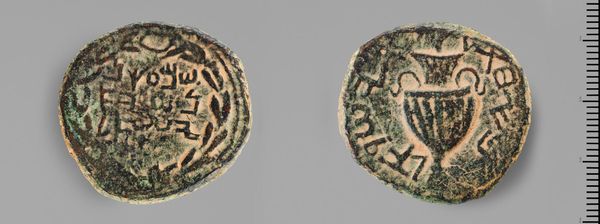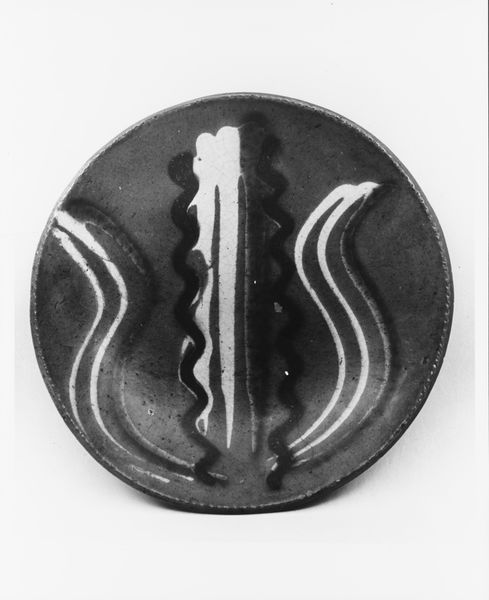
ornament, carving, relief, ivory
#
ornament
#
carving
#
symbol
#
relief
#
ancient-egyptian-art
#
stoneware
#
geometric
#
ancient-mediterranean
#
ivory
#
miniature
Copyright: Public domain
Editor: This small, green "Scarab Inscribed with a Geometric Pattern" dates all the way back to 1458 BC in Ancient Egypt. It's amazing that something so tiny could survive so long! It looks like stoneware, maybe? The design is simple, but it almost has a hypnotizing quality. What story do you think the materials themselves can tell us? Curator: This tiny object presents a fascinating insight into ancient Egyptian society, precisely because of its materiality. It prompts questions about where these materials like stoneware and faience came from. The labor to quarry, process, and then carve these intricate designs, speaks to a complex economy of extraction and craftsmanship. Editor: So, even something this small reflects that bigger economic picture? I hadn't thought of it that way. Curator: Absolutely. Think about the pigment. That particular green doesn't occur naturally everywhere. Where did that raw pigment come from, and how does it reflect the connectivity of ancient Egypt with its trading partners and neighboring regions? It also challenges the boundary between 'high art' objects and items of more common use. These scarabs were personal ornaments, and charms. Editor: I guess it isn't *just* about artistic expression, it's about access to resources, and who had the power to get them? Thanks! Now I'm thinking about art from an archeological perspective. Curator: Precisely. Considering materiality invites an analysis beyond just aesthetics and opens a pathway to understand the social and economic factors in Ancient Egypt.
Comments
No comments
Be the first to comment and join the conversation on the ultimate creative platform.
